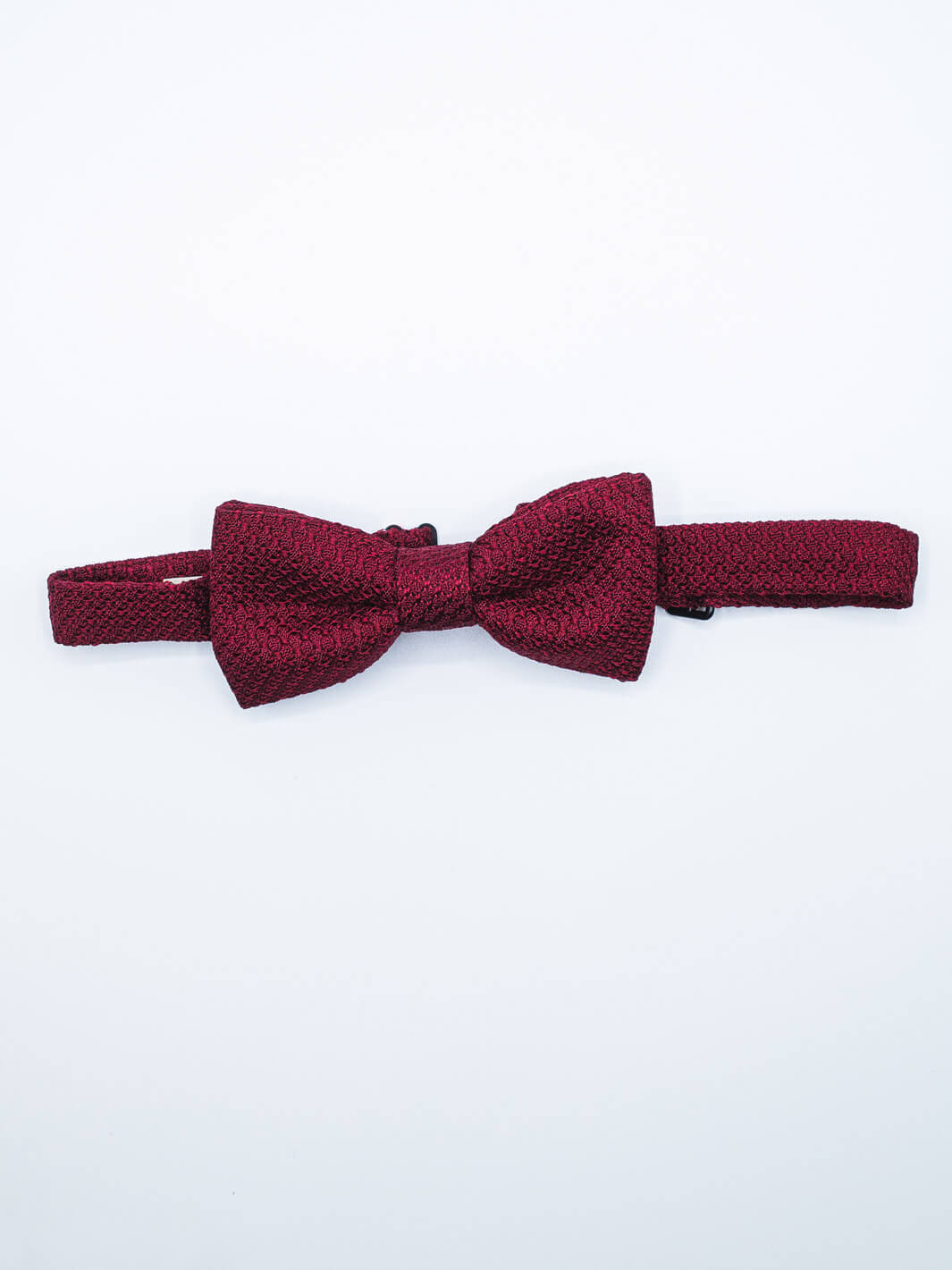“Oxfords, not brogues.”
This crisp line is delivered by a dapper veteran spy, played by Colin Firth, to his rough-edged protégé in the stylish 2014 action-comedy Kingsman: The Secret Service. It captures the character’s belief that the formal elegance associated with early 20th-century British espionage is best embodied by a specific type of footwear—one whose history stretches back even further, to the 19th century and the prestigious university from which it takes its name…
How Oxford Shoes Got Their Name
You may have heard of the Balmoral boot—a sleek, laced design said to have been commissioned by Prince Albert for wear on the royal estate in Scotland. And while it bears more than a passing resemblance to the modern Oxford shoe, the two are only distant cousins at best. Most sartorial historians trace the Oxford shoe’s true lineage not to royal tailoring, but to the stiff, knee-high boots worn by students at what remains one of the world’s most prestigious universities. In the early 19th century, in pursuit of comfort and modernity, students began favoring a shorter, more practical boot—one that came to be known as the Oxonian.

Campuses not being known as places where fashion stagnates, the Oxonian soon took a few evolutionary steps—closed lacing, low heel, exposed ankles, minimal decoration—eventually becoming the iconic piece of footwear we recognize today. Its versatility and elegance soon carried it far beyond “The City of Dreaming Spires” and onto pavements across mainland Europe and the United States.
The Art of Minimalism: Oxford Shoes Today
The core design details adopted by those British campus dwellers remain the essential ingredients of a clean-silhouetted shoe that, despite its inherent formal elegance, is strikingly comfortable. Mostly or entirely devoid of decorative flourishes such as broguing, the Oxford’s no-frills minimalism these days even comes down to finer details—such as the eyelet facings being sewn under the vamp, rather than on top, creating the hallmark closed-lacing system.

Naturally, variations have emerged. Whole-cut Oxfords are crafted from a single piece of leather that forms the entire upper; wingtip Oxfords feature a W-shaped brogue pattern across the front; and cap-toe Oxfords include an extra panel of leather stitched across the toe. Materials have also evolved: soft suede lends a more relaxed texture, while two-tone styles—famously worn by jazz greats like Duke Ellington and Louis Armstrong—push the Oxford into more flamboyant territory.
Whether bespoke, made to order, or off the shelf, quality Oxfords may be benchmade—built using traditional artisanal methods with minimal mechanical intervention—or produced with some machine assistance. But only the most menial steps should be automated. As the late, great Giuseppe Santoni once told this writer, shoes should be “made by hand but also made by the heart.”
Timeless and Essential: Why Oxford Shoes Still Reign
For George Glasgow Jr., CEO of bespoke shoemaker George Cleverley, the Oxford shoe remains the go-to for gentlemen who embrace quiet luxury as a sartorial ethos. Though the brand is based in London, it considers the U.S. a major market—thanks in no small part to its long-standing ties with Hollywood. “It’s just such a great looking shoe – it’s clean, it’s simple: it’s what you wear when you don’t want to stand out in the wrong way, and instead you want to stand out more in a ‘Wow, you look sharp and well-presented’ kind of way,” he says.

Though the Oxford—like all timeless garments—has never truly fallen out of fashion, Glasgow Jr. suggests that many major retailers have recently sidelined it in favor of the post-pandemic appetite for louder, more expressive styles. “When you look around in the shops—and especially the fashion houses—you don't see a black Oxford in the window anymore,” he points out. “It’s all hipster trainers, or shoes with big, thick, double rubber soles. People are coming to us and saying, I need Oxfords—I've got a wedding to go to, or I’m off to Royal Ascot, or I have a job interview. That classic looking, smart, round-toe Oxford, not a lot of people cater for. Which is maybe why we don't have one black Oxford left in our ready to wear section at the moment.”

As for our own Oxford offerings at Anatoly & Sons, the Medallion Cap-Toe Oxfords in black and brown are both crafted in Italian painted calfskin, featuring Blake stitch construction, classic cap-toes, and subtle medallion broguing. Our made-to-order option, meanwhile, offers the chance to channel your inner Cary Grant or Fred Astaire—both of whom helped cement the Oxford shoe’s place in style history under the glow of Hollywood lights.
And speaking of popular culture, if Oxford shoes had an IMDb page, they’d boast credits in Mad Men, Downton Abbey, and every Daniel Craig-era Bond film. Which only reinforces what the best-dressed have known all along: the Oxford never really leaves the spotlight.









